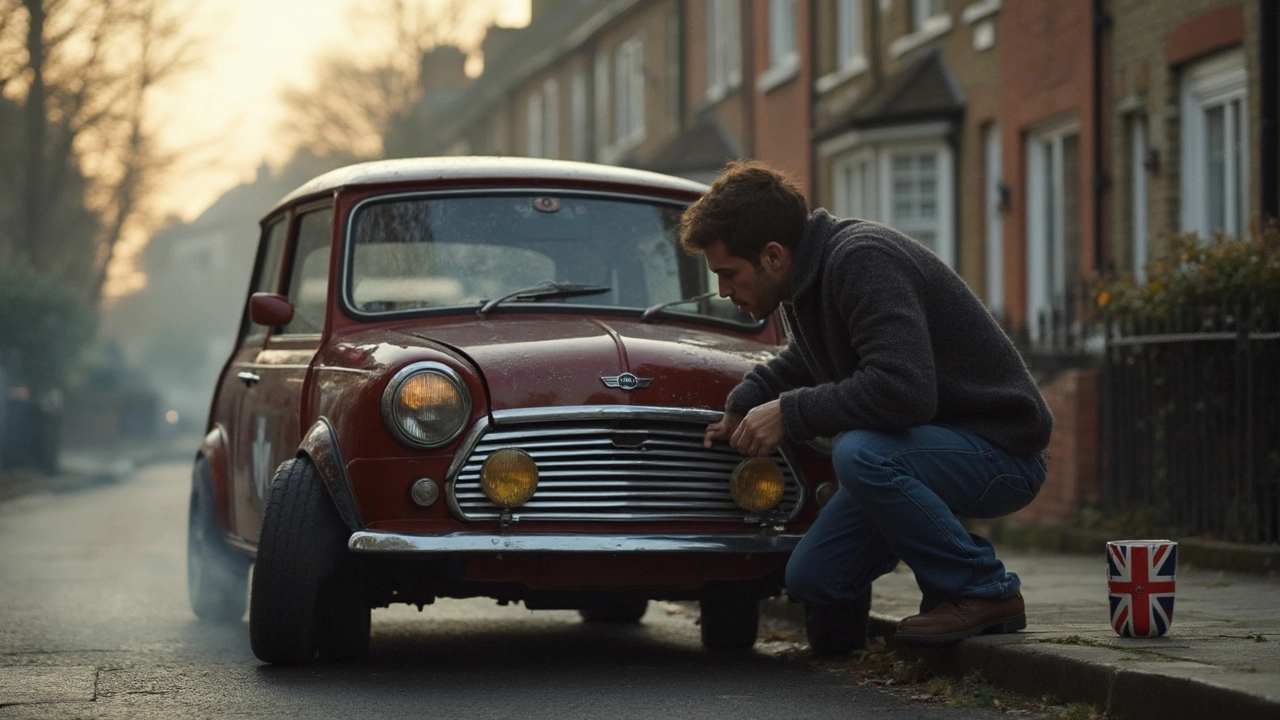Signs Your Clutch Is Slipping – What to Look For
If you drive a manual car, you know the clutch is the link between the engine and the wheels. When that link starts to slip, the car feels weak, the engine revs higher than usual, and you lose power. Spotting a slipping clutch early can save you money and keep you safe. Below are the most common clues that your clutch isn’t holding on.
Common Symptoms of a Slipping Clutch
Engine revs rise but the car won’t accelerate. You press the gas, the tachometer jumps, but the speedometer barely moves. This is the classic “rev‑but‑no‑go” sign.
Gear changes feel mushy. When you shift, the gear lever may feel loose or you might hear a grinding noise. The clutch isn’t fully disengaging, so the gears fight each other.
Burning smell. A hot, acrid odor often means the clutch material is overheating. It can happen after heavy acceleration or hill climbs.
Clutch pedal feels soft or spongy. If the pedal goes all the way to the floor with little resistance, the friction material may be worn.
Car stalls at low speeds. When you try to move off from a stop, the engine might die because the clutch can’t transfer enough torque.
These signs can appear alone or together. If you notice more than one, it’s a strong hint the clutch is slipping.
What to Do When You Notice These Signs
First, stop pushing the car hard. Give the clutch a break and avoid rapid acceleration. This can prevent further damage while you plan the next step.
Next, check the clutch fluid (if you have a hydraulic system). Low fluid can cause a soft pedal and slipping. Top it up if needed, but don’t ignore a possible leak.
If the fluid level is fine and the symptoms persist, it’s time to visit a garage. A professional will inspect the clutch disc, pressure plate, and release bearing. Replacing the whole clutch kit is often cheaper than fixing a burnt disc later.
While you’re waiting for the repair, keep driving gently. Stay in higher gears when possible, and avoid hill starts that demand a lot of torque.
On the cost side, a clutch replacement can run from £300 to £800 depending on the car and parts. Ask for a detailed quote and see if a refurbished kit is an option. Some shops also offer a “stage 2 clutch kit” that improves performance, but only consider it if you’re comfortable with a higher‑performance setup.
Remember, a slipping clutch is a warning, not a failure. Ignoring it can lead to a complete clutch break‑up, which leaves you stranded and costs more to fix. Regular checks, especially after hard driving or if you hear a burn smell, keep the problem in check.
In short, watch for high revs with no speed gain, a soft pedal, strange smells, and rough shifts. When you see these clues, give the clutch a break, check fluid, and plan a repair. Acting early keeps your car running smooth and saves you from a pricey surprise down the road.
 29 June 2025
29 June 2025
How to Tell If Your Clutch Is Slipping: Clear Signs & Fixes
Learn how to spot a slipping clutch, why it happens, and what you can do once you notice the signs. Get practical tips from a car lover who’s been there.






0